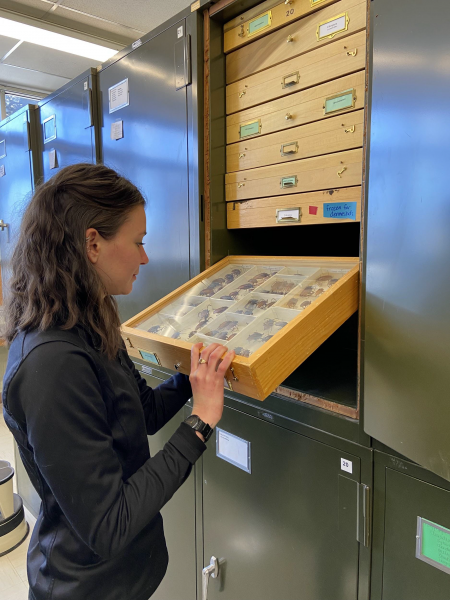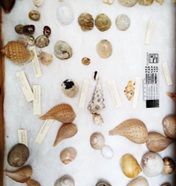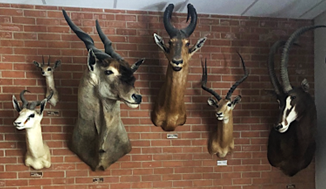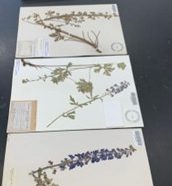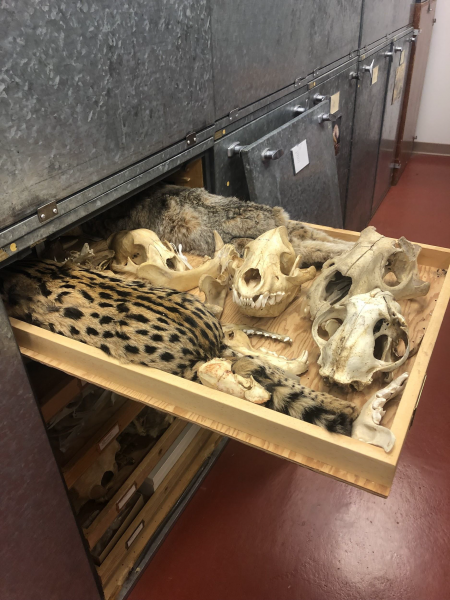
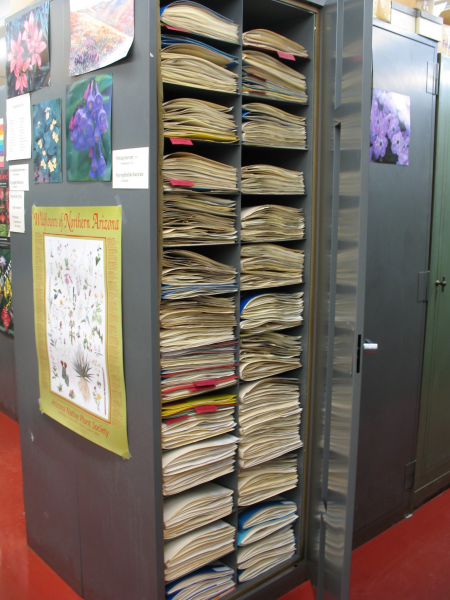
NAU Biological Collections
Biological collections at Northern Arizona University are worldwide in scope reflecting the interest of individual researchers but historical emphasis has been northern Arizona and the southwestern US particularly the vast federal lands including numerous National Forests, Parks, Recreation Areas, and Monuments. Specimens from lands administered by the Bureau of Land Management, Department of Defense, and scientific research stations are also represented. Data is managed and shared via Ecdysis and SEINet. Many collections are used primarily for teaching while others are important research collections. These collections function as “biological observatories” that will provide baseline data for future studies of climate and environmental change.
25 Year Impact:
>110,000 Students inspired by collections
>10,600 Community members served by collections
>$4,750,000 Funding for collections-based research
> 63,282 Downloads and 296 Citations from external data searches on the Global Biodiversity Information Facility
Plants Accordion Closed
Plants (~130,000 specimens): A nationally recognized research collection founded in 1930, the Deaver Herbarium houses collections from the 1880’s to present and serves as a repository for NAU faculty and student research vouchers. Specimens are available through loan and exchange programs to other institutions and worldwide via the Southwestern Environmental Information Network web portal. NSF funding supported the data capture, imaging, and georeferencing of all specimens. Although collections are worldwide in scope with 55 countries represented, particularly valuable collections include those from regional tribal and federal lands including 10 national parks estimated to be 50% of the collections and 90 type specimens. The collections are used in plant ID courses and biogeography (BIO 414, 415, 517, 663).
Vertebrates Accordion Closed
Vertebrates (~5,000 specimens): The Vertebrate Museum is primarily a teaching collection that houses fish, amphibian, reptile, bird, and mammal specimens. These are used in a wide range of courses, including Vertebrate Biology, Wildlife Management, Ichthyology, Herpetology, Ornithology, and Mammalogy (BIO 323, 478, 425, 426, 427 428). Many of these are key courses for the NAU Certificate in Wildlife Management and Ecology. Specimens are also used in public outreach to schools and community groups as well as reference material for wildlife biologists working in our region. While specimens are primarily from the southwestern U.S., there is worldwide representation especially species from Africa and Australia including a collection of mounted heads that would be nearly impossible to replace.
Terrestrial Arthropods Accordion Closed
Terrestrial Arthropods (~250,000 specimens): The Arthropod Collection houses specimens primarily from the southwestern United States and Mexico. The collection continues to grow through active research and survey programs led by NAU faculty and associates. Specimens are loaned to interested parties or available via the Ecdysis web portal constructed through NSF funding. The Arthropod Collection serves as an important reference collection and repository for research vouchers across departments. Specimens are also used in teaching Entomology (BIO 322) which is part of the NAU Certificate in Wildlife Management and Ecology. Notably, the collection holds historical material collected during the 1840’s, specimens from important regional federal lands like Grand Canyon National Park, and from over 20 different countries across the globe.
Marine Invertebrates and Mollusks Accordion Closed
Marine Invertebrates and Mollusks (~20,000 specimens): The Invertebrate collection is a teaching and research collection of shells, slides, preserved and dried specimens representing nearly all of the major invertebrate taxa. The collections date from 1969 to the present, the majority from the Pacific Coast of North America with emphasis on the Gulf of California. The collection also includes specimens from the Atlantic, Caribbean, and tropical Pacific islands. Most of the specimens are now used for teaching courses in invertebrate zoology and parasitology (BIO 221, 221, 322, 475), the latter course representing an advanced laboratory course for premedical and health professional students. Additional specimens with research significance include a 10-year collection series of endangered freshwater isopods (Thermosphaeroma) from the Southwestern USA and Mexico and the Lois Richards shell collection of 500 rare and now irreplaceable specimens.
Land acknowledgement
The NAU Biological Collections acknowledges that Northern Arizona University sits at the base of the San Francisco Peaks, on homelands sacred to Native Americans throughout the region. We honor their past, present, and future generations, who have lived here for millennia and will forever call this place home.
